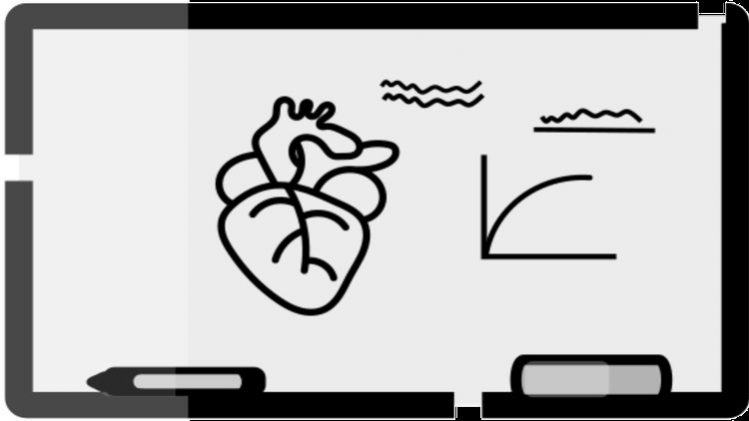
The basic anatomy of the heart including the borders,surfaces and grooves.
The internal and external anatomy of the various chambers of the heart.
The various blood vessels, nerves and lymphatics that supply the heart.
The basics of cardiac electrophysiology and the mechanisms for the resting and action potentials in the heart.
The various phases of the cardiac cycle and the graphs related to the cardiac cycle.
The basics of heart mechanics including the concepts of preload,afterload and contractility. Application of these concepts in the managment of heart failure.
The different factors that influence the cardiac output and venous return. Interpretation of the cardiac output/venous return curves.
The basics that govern the flow of blood in the cardiovascular system. The concept of series and parallel circuits.
The special circulations in the body.
The difference between laminar and turbulent blood flow and the reynold’s number.
The difference between systolic and diastolic blood pressures and how blood pressure is regulated in the body.
This is a detailed course on the anatomy and physiology of the heart. The course consists of whiteboard lectures, and is divided into several different sections. Various anatomical parts of the heart are explained using a 3d model of the heart.
The first few lectures deal with various aspects of the basic anatomy of the heart like the surfaces,borders and grooves of the heart. The next two sections are dedicated to the outer covering of the heart known as the pericardium and the fibrous skeleton. The blood,nervous and lymphatic drainage of the heart are discussed in separate sections. Finally there is section about the various chambers of the heart.
The first section of physiology deals with the electrophysiology of the heart. The section describes starts with the basics of electrophysiology and then discusses core electrophysiological concepts like resting membrane potential and action potential. The subsequent sections related to physiology cover topics including the heart mechanics, cardiac output and venous return and the cardiac cycle. Finally, the last topic of this course is related to hemodynamics. Various hemodynamic priniciples are discussed in this section and all the main vessels including arteries,arterioles,capillaries,veins and venules are discussed in this section.
It should be noted that this course is only for educational purposes and information provided in this course is not intended to guide medical decision making.



